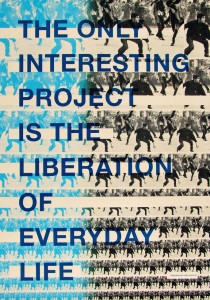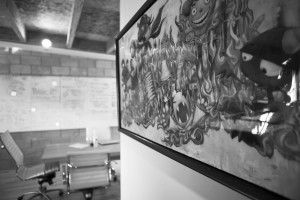Creation is a radical act. Whether you create ideas, services or products, all of us who lead and guide creators are obliged to see the world differently every day.
And we generate ideas through a combination of processes and our neuro-circuitry; our mind’s abilities and internal ways of thinking. Think of it as the merging of our work environment, culture and peers with our brain’s capabilities. Whether we are charged with realizing the strategic brand direction or an app or product launch, we must create and realize something new. We’d like to think the entire process is within our control, but it isn’t. Creativity is not an amorphous activity out of our reach, either.
Philosopher and avant-garde cultural critic Raoul Vaneigem observed that creativity is often the obedient offspring to business, productivity and typical measurements of success. Vaneigem was one of the founders of the Situationist movement, a French group of artists, poets and philosophers who looked to art and specifically, the avant-garde movements to instigate societal change. Vaneigem and his fellow artists believed art and art techniques could make people see the world in new ways, just as they learned to represent reality with point on the brush, a dabble of paint or unfamiliar lines. For our purposes, Vaneigem‘s observations are useful because he calls out the reviving power of creative thinking. He believed that art could not be contained or utilized in commercial activities because artists’ contributions outweighed measurement. As he saw it, “you can’t limit the power of bedlam in the logical ‘spin cycle’ of work-a-day world.” And while we know business and art are mutually dependent upon each other — deeply intertwined even — it’s worth bearing in mind his elegiac defense of creative minds as the driver of success, growth and innovation.
Vaneigem wanted us to always be vigilant to the ways we leaders either judge quickly or dismiss the radical new idea, its creator and his/her new way of looking at things. Following his way of thinking like a Situationist can awaken a feeling of liberation and adventure, which is crucial to the work that we do within the creative industries.
Image courtesy of Brictz.com

